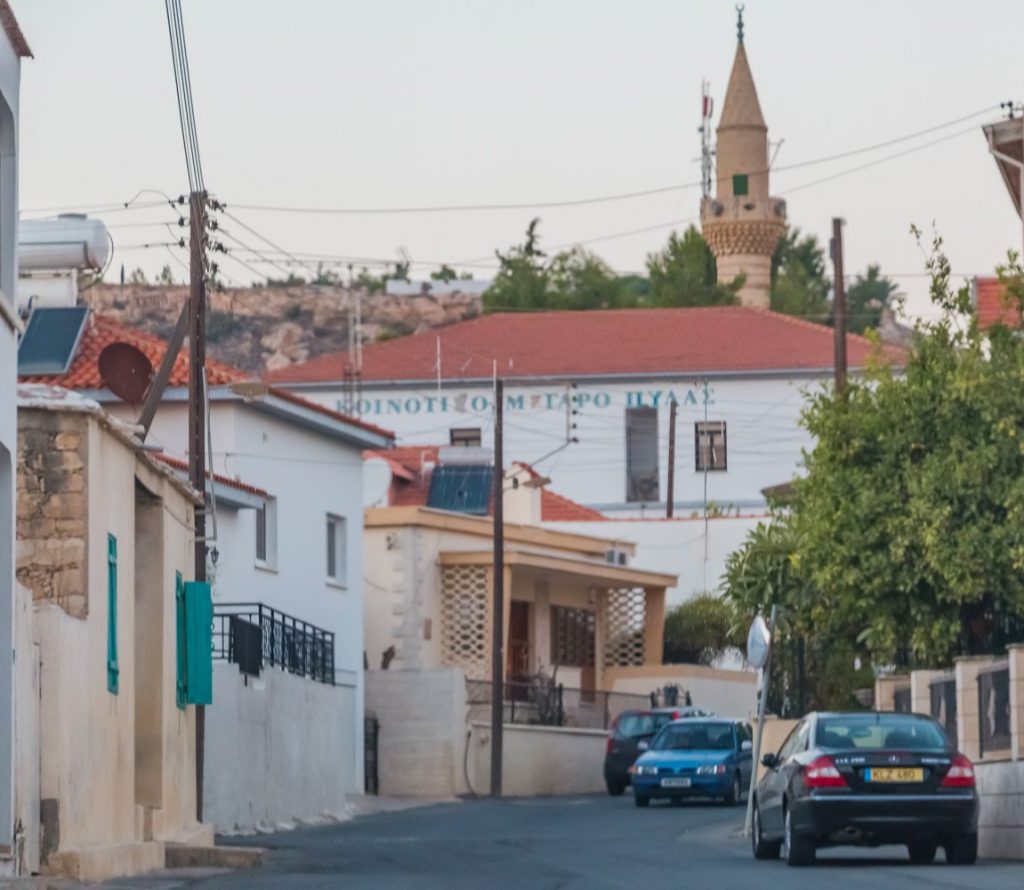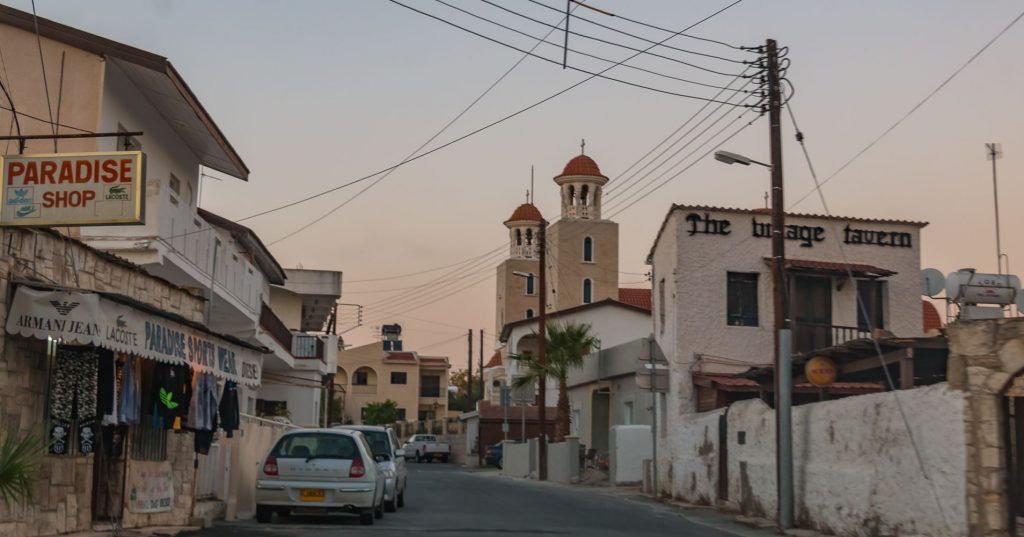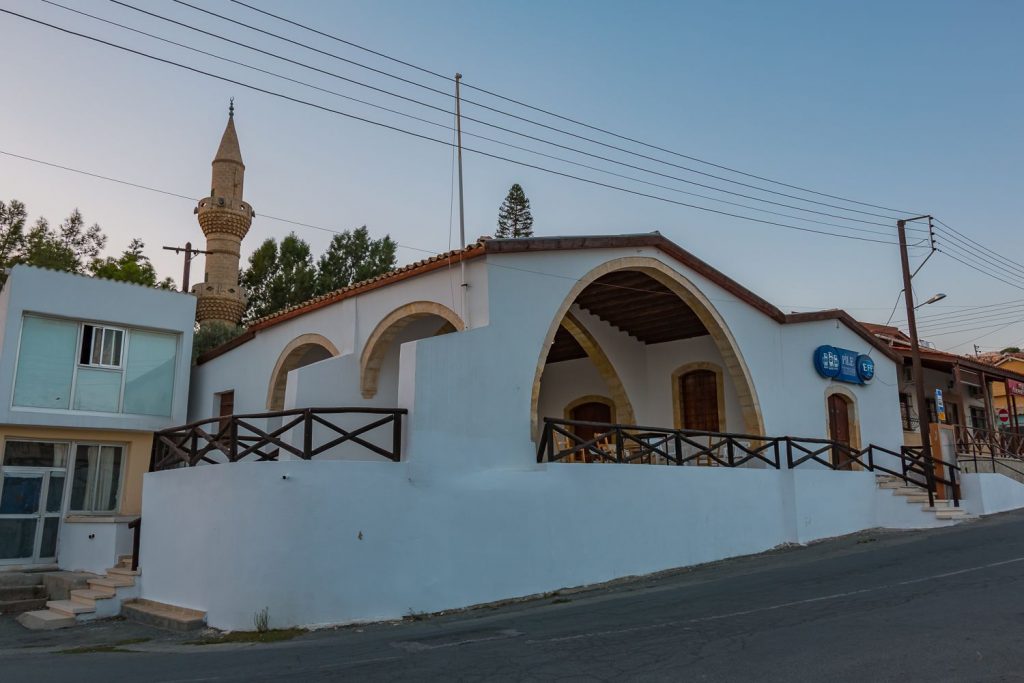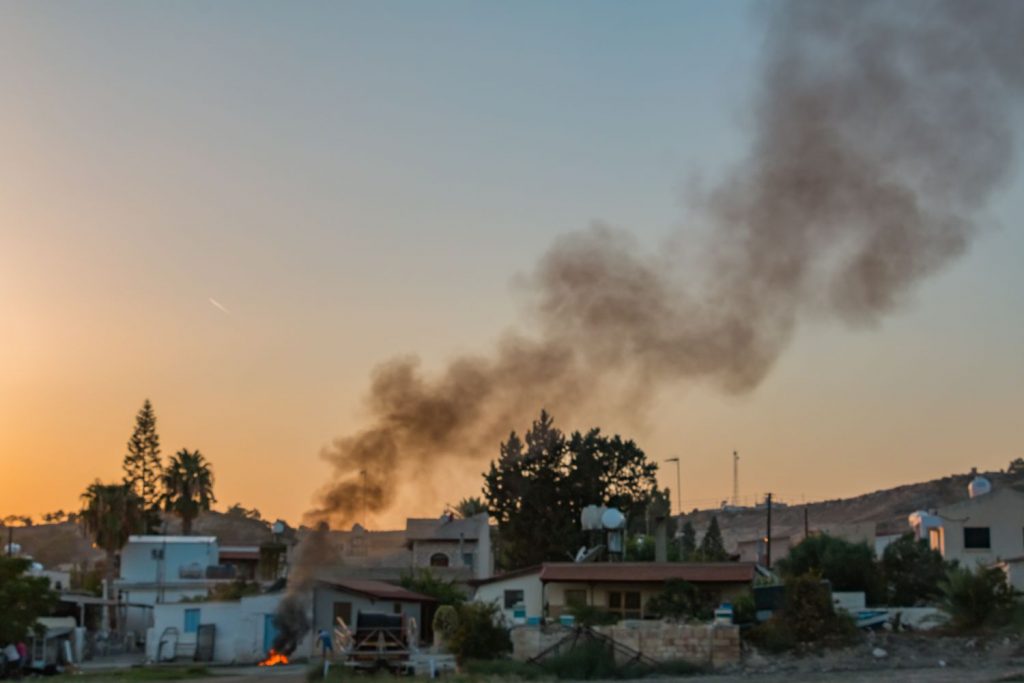Pyla

Pyla is a mixed village within the “green line” of Larnaca, situated 18 kilometers northeast of Larnaca, 70 kilometers from Nicosia and 82 kilometers from Limassol.
A settlement in the demilitarized zone (green line) between the occupied and free areas of Cyprus controlled by the United Nations, Pyla is the only community where, after the Turkish invasion of 1974, the original inhabitants, Greek Cypriots and Turkish Cypriots, continue to coexist to this day. Together with Athienou, Troulos and Denia, they form the four villages that are governed by the Republic of Cyprus and belong to it, but at the same time they are administered with the help of the United Nations when need arises.
Pyla, with the large grain crops and the landscapes with the olive groves and vineyards, is one of the most ancient villages of Cyprus, since according to excavations the existence of human activity in the wider region dates back to the Early and Middle Bronze Age (3,000-2,400 BC.). Locations of Late Bronze Age settlements and cemeteries (1700-1125 BC) were excavated to the south of the community, such as carved domed tombs at the places of Verki, Koukoufoutkia and Steno. The settlement found in Kokkinokremos with Minoan and Mycenaean ceramic objects, was founded around 1230 BC, was abandoned around 1190 BC. and was rebuilt by refugees from the Aegean who arrived in Cyprus after the collapse of the Mycenaean urban centers. In the Iron Age, the area of Pyla played an important role as there have been found cemeteries, settlements and sanctuaries of the period, and probably the name of the village (pyli in Greek means gateway) testifies to the fact that the village was the gateway to communication between Mesaoria and the kingdom of Salamis.
In the southeast of the village, in the Stavros area, a sanctuary of Archaic, Classical and Hellenistic times was discovered, with many votive offerings, most of which were statues of limestone and clay statuettes, as well as inscriptions, referring to the god Apollo with the adjective “Magirio” and to the goddess Artemis.
The Tomb of Pyla, an impressive building of the Cypro-classic period, is located in the southeast of the village and is one of the most important sights for the visitor.
The name of the village is probably linked to the word “gate” due to its location, as it was the only gateway leading to the Mesaoria plain. Another version refers to the colonization of the island by the Achaeans and refers to the name being an ancient Greek place name, such as the ancient city of Pylos.
The visitor of Pyla, apart from the important archaeological sites, will see the Pyla Folk Art Museum, the Turkish Cypriot mosque, the Cultural Center of the village, the old police station, a university and a medieval tower. The Tower of Pyla had a hanging bridge or a wooden ladder and along with the other Larnaca towers-observation spots, spotted possible hostile raids.
On the coastline of Larnaca leading to Ayia Napa, on the coastal front of the village, there is the organized beach Dasaki Pylas, where bathers can enjoy the sea.
In the village there are many taverns, tourist accommodation and entertainment venues as well as casinos. In the community, apart from the mosque, there are three Orthodox churches and chapels. The Archangel Michael Church is located in the center of the village and was built in 1500. The main church of Agios Georgios, of the Gothic style, is located near the village square and was built on the foundations of an older temple. From the old church the icon of Agios Georgios, which was painted in 1825, is still preserved. To the east of the village, the church of Panagia Asprovouniotissa, which was built in 1200 and was originally a monastery, was formerly the main church of Pyla. The chapel of Agios Efstathios was built in 2010 and is next to the elementary school. The ruined chapel dedicated to the Holy Cross was erected around 1400.
The residents of the village throughout the community, all the way to the beach, both Greek Cypriots and Turkish Cypriots, number about 1,800, with the Turkish Cypriots residing mainly within the neutral zone.











